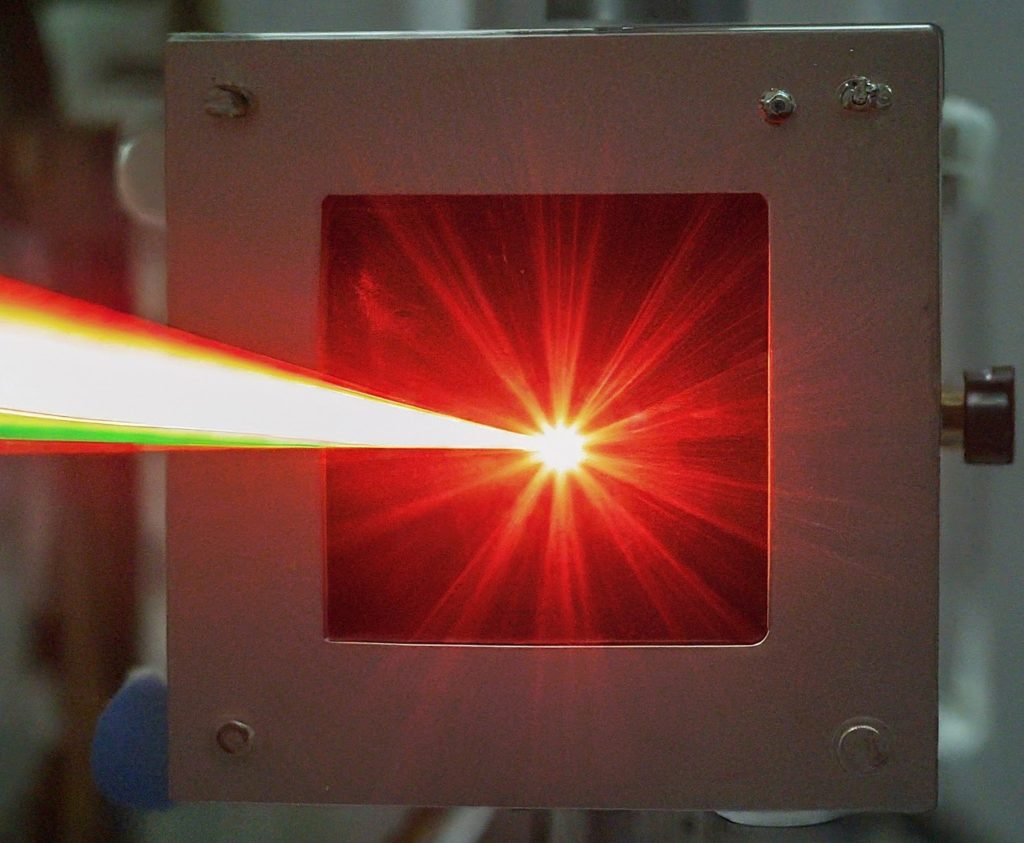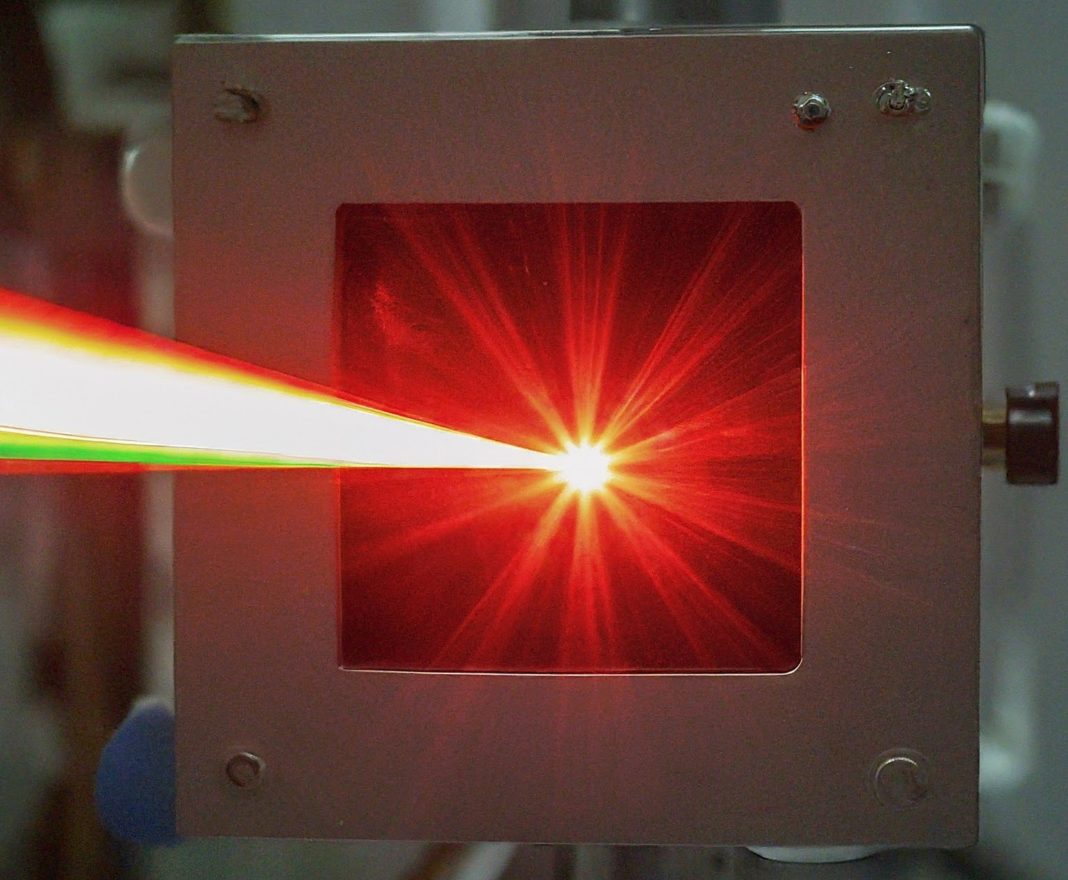In the control room of a research center in Romania, engineer Antonia Toma activates the world’s most powerful laser, which promises revolutionary advances in everything from the health sector to space.

The laser at the European Union’s Extreme Light Infrastructure (ELI) center, near the Romanian capital Bucharest, is operated by French company Thales, using Nobel prize-winning inventions.
The equipment at ELI produces the shortest and strongest laser pulses the world has ever seen by amplifying, compressing, and extending an extremely brief laser pulse over time. This has helped researchers overcome a crucial limitation with lasers: boosting power while keeping the intensity safe.
The laser system developed by Thales at ELI boasts an unprecedented peak power of 10 petawatts (equivalent to an incredibly short flash from a hundred thousand billion light bulbs), achieved in less than a femtosecond, thanks to meticulously installed equipment weighing 450 tons.
This exceptional level of performance is housed in a state-of-the-art building valued at 320 million euros ($350 million), predominantly financed by the European Union. Thales asserts that this investment represents Romania’s largest foray into scientific advancement.
High-power lasers find diverse medical applications, offering precise cancer treatment through proton or electron beam therapy and utilizing the “flash” effect for less harmful yet effective treatment. Additionally, researchers claim that they play a crucial role in medical imaging and isotopic tracer production.
In industry, these lasers are invaluable for detecting sub-millimeter defects in thick components and for cargo scanning to identify hazardous substances. Moreover, high-power lasers hold great promise in revolutionizing the energy sector.
Furthermore, such powerful lasers could be used to clean up the junk accumulating in space or treat nuclear waste by shortening its radioactive decay time. According to Mourou, the laser will rule the 21st century, just as the electron did the previous one.
According to the phys/ interestingengineering















